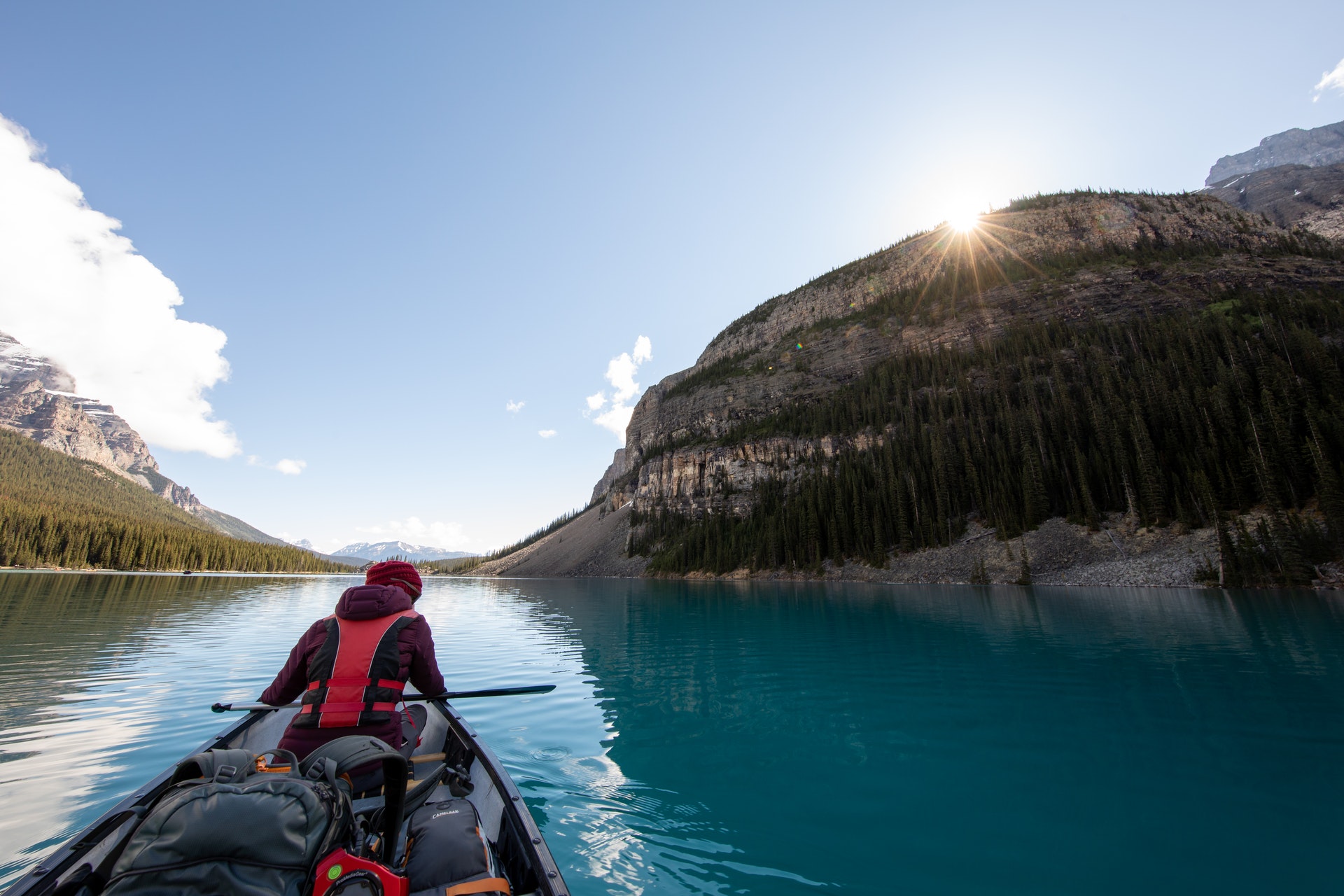When the colder months roll around, most people hang up their kayaks and put their paddles away. However, winter is the perfect time to enjoy the snowy landscapes, stunning wildlife and empty waterways. As long as you plan ahead, pack the right gear and dress warm, you’re sure to have an enjoyable cold-weather kayaking trip.
These cold-weather kayaking and canoeing tips will pay off!
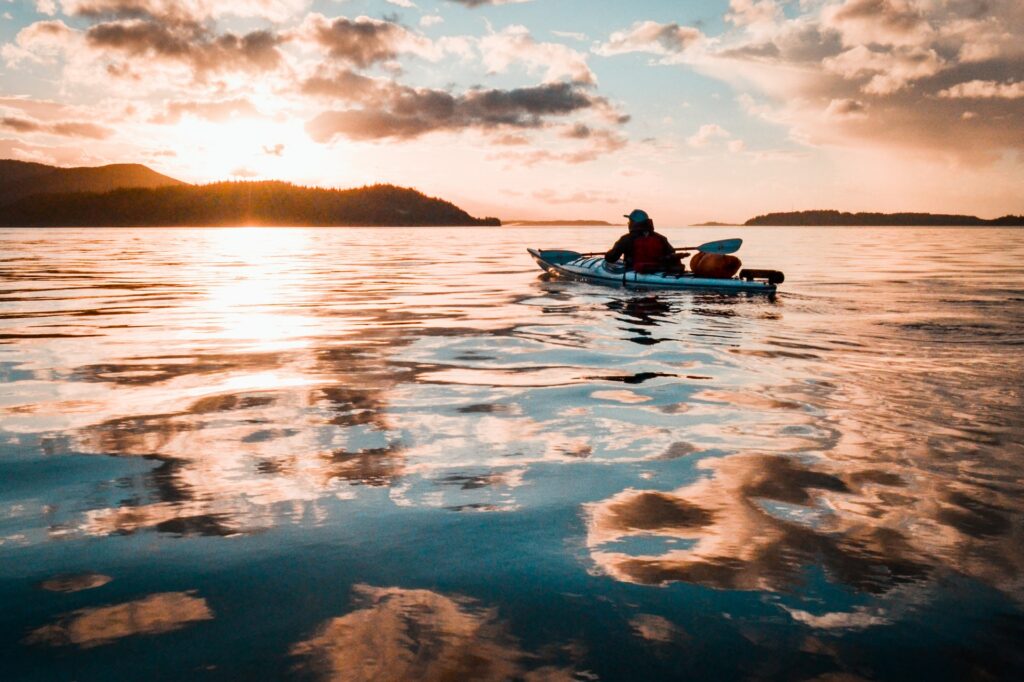
1. Research Your Route
Before you even step foot in your kayak, you must research your route. This tip is helpful year-round, but especially in winter when your margin for error is smaller.
Choose a route you know and stick to it. Analyze the local weather forecast and keep an eye on any dark clouds. If you do run into trouble, you’ll know where to pull off and take shelter because you’ve completed the route before.
2. Find a Paddling Buddy
One of the best ways to have an awesome kayaking trip is to find a paddling buddy. Exploring nature with a friend is twice the fun. Plus, you’ll have one another to rely on if anything goes wrong.
Even in water temperatures as high as 70°F, your body temperature can drop to low enough levels that you’d be at risk of hypothermia. In this case, you’ll be happy to have someone to call for help, when mere minutes separate you from life and death.
3. Invest in Pads
When you’re kayaking, your heels and butt are probably the only two parts of your body that remain stationary and come in contact with your yak. Consequently, they may become colder much faster than the rest of your body.
Protect your most vulnerable parts with seat and heel pads. These items will keep you warm, dry and comfortable, especially during your longer excursions. Plus, they’re incredibly affordable, making them an easy choice when you’re facing icy waters.
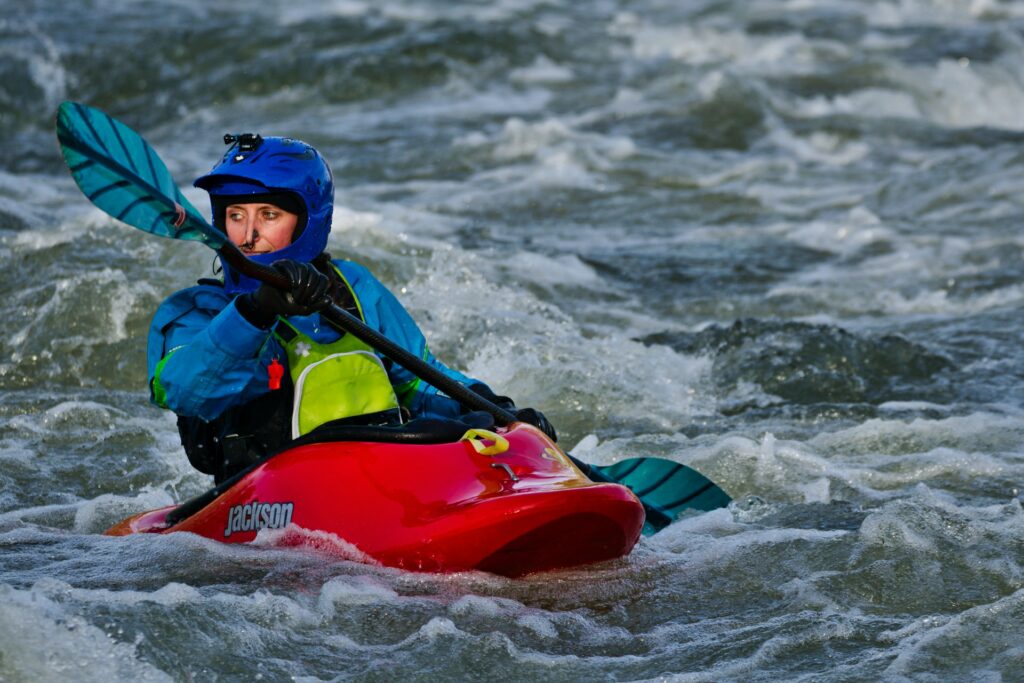
4. Slip Into a Wet- or Dry- Suit
There may be fewer bugs around during the colder months, but that doesn’t mean you should leave skin exposed. When temperatures drop, you must protect yourself from the bitter winds and icy waters with a wet suit or dry suit, depending on weather conditions. A dry suit’s slightly looser fit gives you more mobility, while waterproof materials keep you warm and dry. Most dry suits also come with neck, wrist and ankle gaskets that seal tightly to prevent water from seeping in.
5. Layer Up
Of course, you’ll also want to wear a few layers of clothing underneath your dry suit. Rely on materials like synthetic fibers or wool to wick away moisture and avoid cottons that soak up water like a sponge.
Remember to bring a dry change of clothes to change into after your adventure. Even if the river didn’t infiltrate your dry suit, you’ll be happy to have a shirt that doesn’t smell like sweat.
6. Wear Pogies and Gloves
When you’re out paddling, your hands hold the reins. You must keep them warm if you want to complete your journey. First, invest in some insulated gloves.
These will be your first defense against the wind, snow, sleet and icy water. Next, invest in a pair of pogies. The mitten-like contraptions fit over your paddle and gloves. When your hands are warm, simply slide them to the middle of your paddle and remove the pogies.
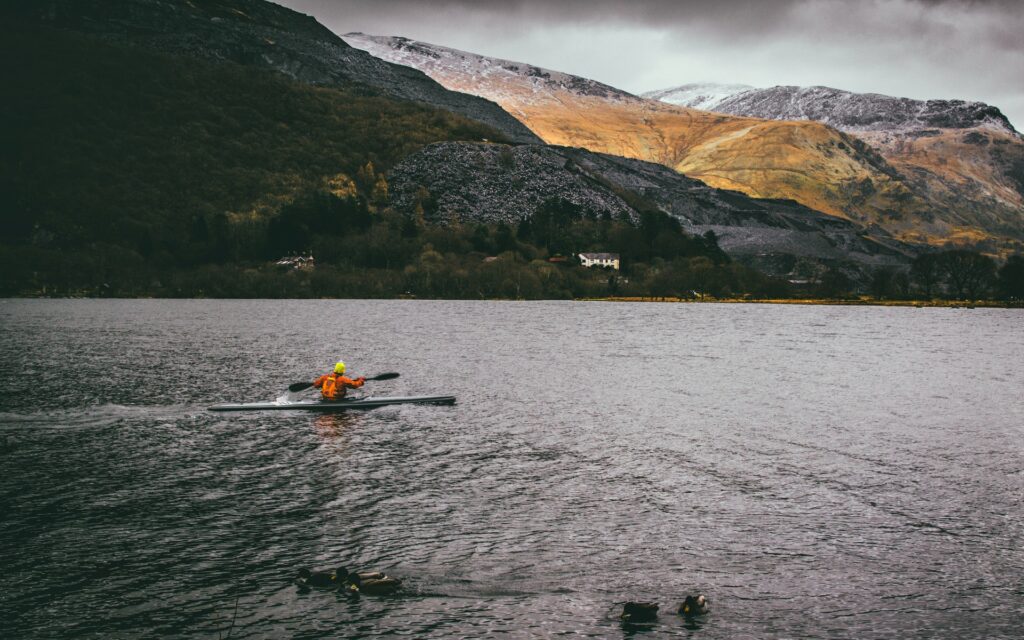
7. Protect Your Noggin
Whether you’re paddling alone or with a company, you should be wearing a helmet as a safety precaution. However, not everyone thinks to don a hat on a cold kayaking trip.
Keep your head warm by slipping on a hood or cap before putting your helmet on. Your beanie should fit snugly underneath and stay above your eyes to maximize awareness on the water.
8. Leave the Booze at Home
While you might think booze is the key to having a good time, leaving your flask at home might just save your life. While alcohol might make you feel warm, this sense of heat is false. Instead of increasing your body temperature, alcohol dilates your blood vessels and increases blood flow to the limbs, effectively lowering your core temperature.
Ultimately, one too many drinks could prevent you from recognizing hypothermia, which could lead to death in some cases.
9. Expand Your Safety Kit
In 2018, there were 177 kayaking accidents and nearly half of them resulted in death. Don’t be a statistic. Prepare for any and every situation by packing an emergency kit.
More importantly, be sure to expand your kit to cover cold weather scenarios. Include a space blanket, hand warmers, lighters and any other gear that may prevent hypothermia and subsequent death. Even an extra layer of clothing could keep you or a friend warm until help arrives.
10. Bring Backup Communication
As much as you rely on your phone, you can’t count on it in a wet and wild cold-weather kayaking environment. Even if you manage to keep it dry, it won’t help you if you can’t pick up a signal.
Therefore, it’s wise to bring some form of backup communication like a radio. You might also pack a flare and keep it on your person in case you lose your radio and have to signal for help.
Enjoying the Cold-Weather Kayaking Ride
Kayaking in colder weather may require a bit more preparation and awareness. However, the extra effort will be more than worth it once you’re out on the water.
Plus, you’ll experience a whole new side of your favorite summer paddling spots. So sit back, relax and enjoy the snowy scenery.
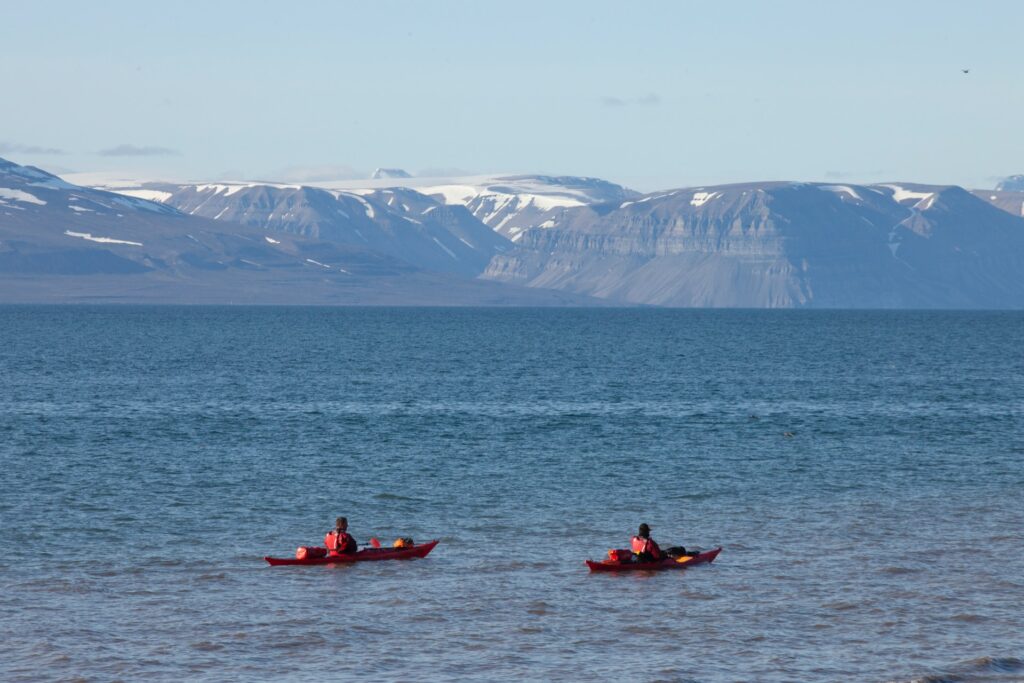
For More:
- On our site: Take a look at more of our articles that cover this fabulous outdoor activity. We love kayaking!

